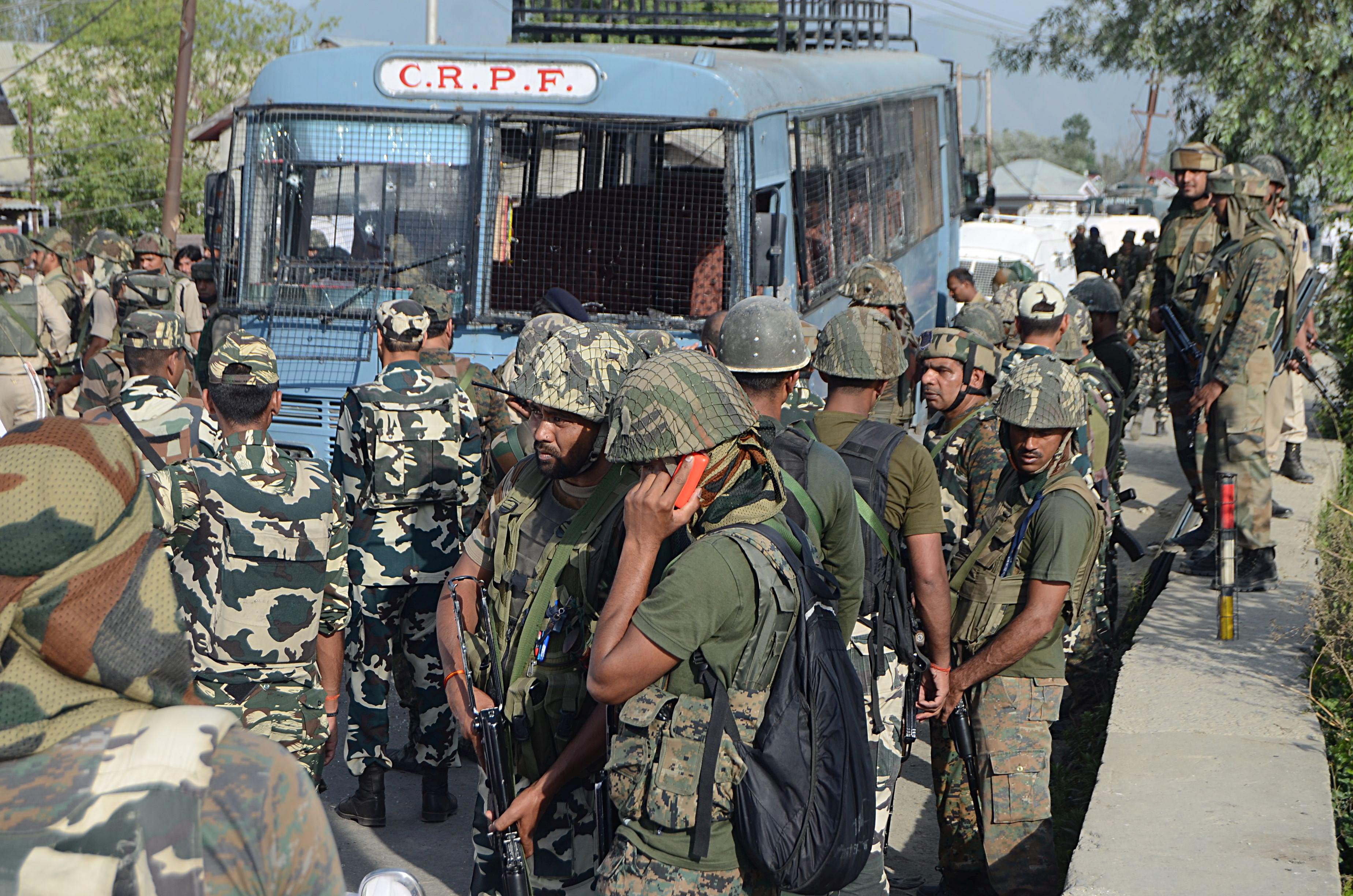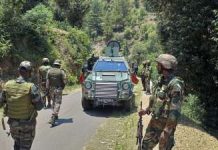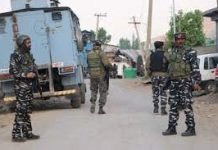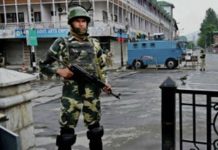
The militancy had all but ended in the twin districts of Poonch and Rajouri since early 2000. But since July this year, fourteen soldiers, eight militants including one in custody, and a civilian have been killed in the two districts.
On October 10, the Army started looking for militants in the Sangiote area in Poonch’s Balakot tehsil after information from locals about their presence there. The following day, the Army lost five of its personnel, including a Junior Commissioned Officer, in the adjoining Dehra Ki Gali. Ever since the Army has lost four more personnel but the militants are yet to be captured or eliminated.
The sudden spurt in violence in the area has once again brought the security situation in Poonch and Rajouri districts into focus. The militancy had all but ended in the twin districts since early 2000. But since the middle of this year, the area has witnessed a sharp resurgence in violence, led by the militants infiltrating from across the Line of Control. Since July, fourteen soldiers, eight militants including one in custody, and a civilian have been killed in Rajouri and Poonch districts.
This is of particular cause of concern for security agencies. Apart from the cross-Loc firing over the last decade and rare fidayeen attacks by the infiltrating militants, the Jammu division has largely been calm over the last twenty years. But the last several months have changed this. The areas in Jammu are once again threatening to be a militancy hotbed. And the recent army fatalities underline the enormity of the challenge. Though the militants are yet to be identified and their number is not known, they are believed to have infiltrated from across the border.
However, according to J&K DGP Dilbag Singh, five to seven militants are believed to be hiding in the forests between Surankote and Mendhar tehsils of Poonch.
“Two groups had come from across the LoC through Rajouri-Poonch area and they are embedded somewhere in the jungle. Going by their sighting at three places and the crossfire between them and us at two places, it seems their number is between five and seven,” he told media recently.
The densely forested area has made it difficult for the security forces to track them down. The operation is already over one month old.
The return of militancy-related violence to Jammu has surprised Kashmir observers even while it has caught the security forces off guard. What makes the situation more worrisome is that the forest area where the militants are apparently sheltered extends up to Shopian in South Kashmir. The infiltrating militants are believed to have been using this route to reach South Kashmir. But now they have decided to stay in Jammu itself and in the process have not only eluded capture but also caused several fatalities of security personnel.
There are two principal explanations for the militants choosing to linger in Jammu: one, there is an attempt to once again extend the armed campaign to Jammu to stretch the security forces who are now excessively concentrated in Kashmir Valley. Second, to exploit the void created in the area by the redeployment of the Rashtriya Rifles, the main counter-insurgency force in J&K, to Line of Control in Ladakh.
“The militants seem to have stepped into the breach,” said a senior security officer who didn’t want to be named. “It is still unclear how many militants are there, what are they up to and whether they want to stay for the longer duration. But it is just a matter of time before they are tracked down and killed.”
Unsuccessful operations
So far Army has carried out several unsuccessful operations in the area. The vehicular traffic on the Rajouri-Thanamandi stretch of the Mughal Road was suspended and the Army increased the sweep of its combing operations to Khablan forests in Rajouri. But so far no contact has been established with the militants. It has rarely occurred during the armed campaign of the past three decades that the militants have successively escaped alive after inflicting heavy casualty on the security forces. This makes security forces believe that the militants are non-local, and battle-hardened. Besides, they could also be in for a long-haul unless not tracked down in near future as unlike Kashmir Valley, Jammu remains warm in winter.
“The infiltration has taken place at a time when there is ceasefire along the LoC between India and Pakistan,” said a security analyst, not wishing to identify himself. “This means calm borders have not helped to stem the infiltration.”
Early this year, India and Pakistan agreed to renew their 2003 ceasefire along the Line of Control that brought an end to frequent cross-border skirmishes. The truce has not only held since but has also allowed India to redeploy troops to Ladakh. The thinning of the troops along the border in Jammu is now believed to have facilitated the infiltration of militants who are currently engaging the security forces.
Militancy in Kashmir
The militancy in the Valley over the last two years, on the other hand, has confronted the security forces with the little challenge. Kashmir, according to police estimate, has around 200 militants, a number that has remained unchanged over the last five years. Last year, security forces had killed over 200 militants and so far this year over hundred militants have been killed in various encounters. And there’s little hope there will be a marked decline in the near future. If anything, these figures show that the militancy in the Valley has gone nowhere following the revocation of Article 370. This despite the fact that the security forces have achieved greater success in the operations against militants in this period.
Going forward, there is little indication that the militancy would cease or at least abate to a point of insignificance. The simultaneous recruitment of the local youth in the militant ranks and the infiltration from across the border invariably replenishes the shortfall created by any depletion in the militant ranks due to killings.
As of now, there is little hope that the replenishment could be stopped. That too, even at a time when the infiltration has drastically declined, largely as a result of the February LoC truce between India and Pakistan as also attested to in recent past by the Srinagar-based 15 Corps chief Lt Gen Pandhe. In fact, since the advent of Burhan Wani around 2014-15, the militancy in Kashmir has largely been led by the local youth. And if the militants from Pakistan or for that matter from Afghanistan were to join the fight as appears one of the probable outcomes of the Taliban takeover, it could transform the security landscape in the Valley.
The ongoing challenge posed by the militants in Jammu is seen as one of the fallouts of the Taliban takeover of Afghanistan. Former Jammu and Kashmir DGP S P Vaid has been pointing this out in his media interactions.
“Most probably, the ISI is trying to get terrorists spared from Afghanistan, and take them to launch pads along the Line of Control (LoC) to infiltrate them from Rajouri, Poonch, Uri, Tangdhar and Gurez,” Vaid said.
It would be interesting to see how far the Rajouri-Poonch encounter would prolong. More militant attacks in the area would mean that the militants are in for a long haul and intent on extending separatist campaign to Jammu, something that would substantially expand the sphere of anti-militancy operations in the former state.













